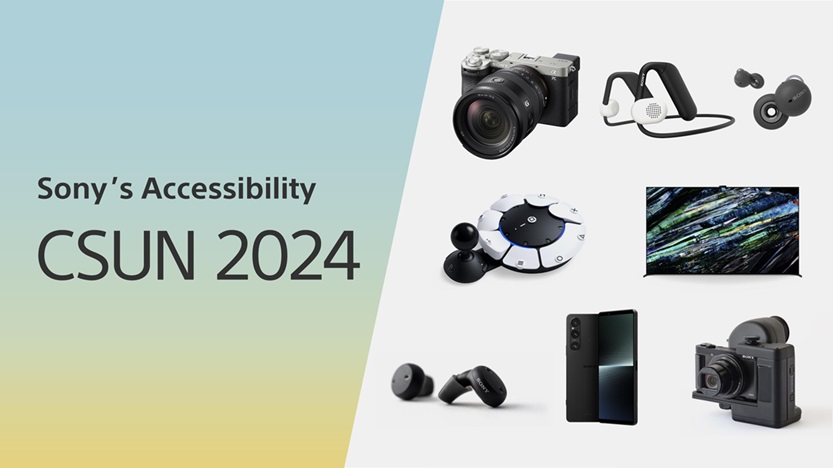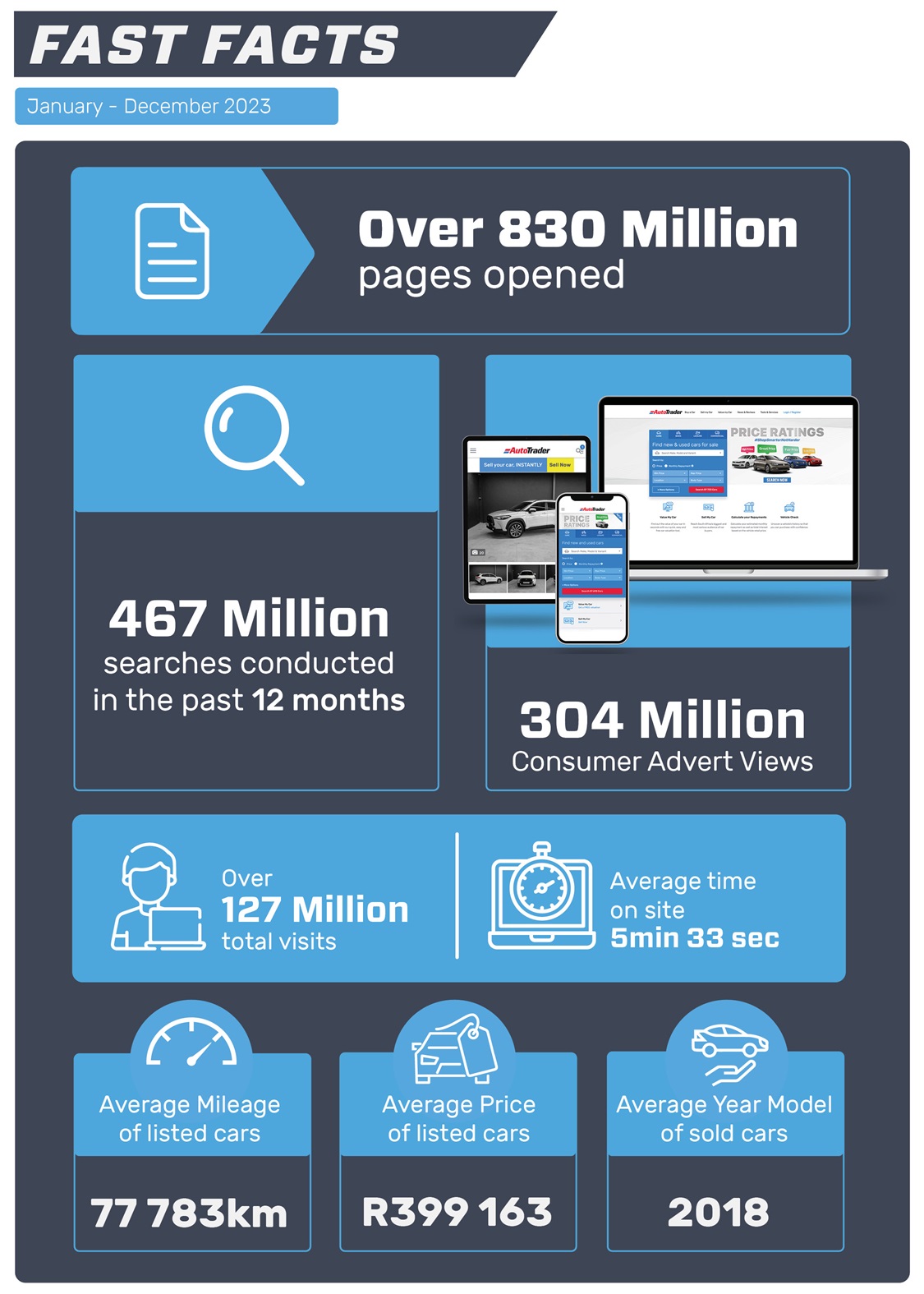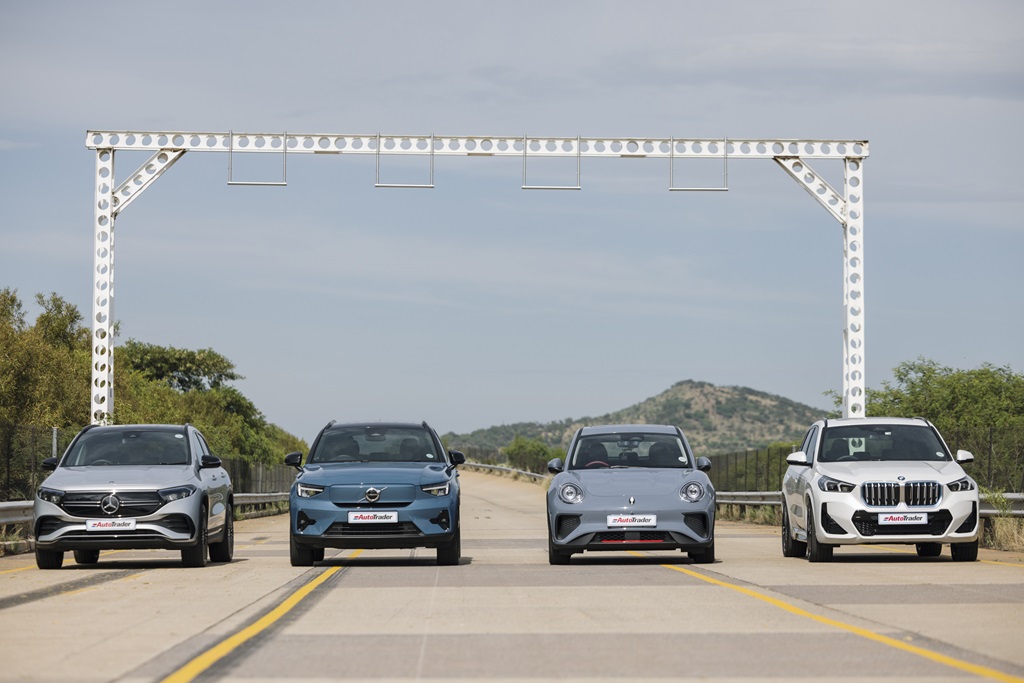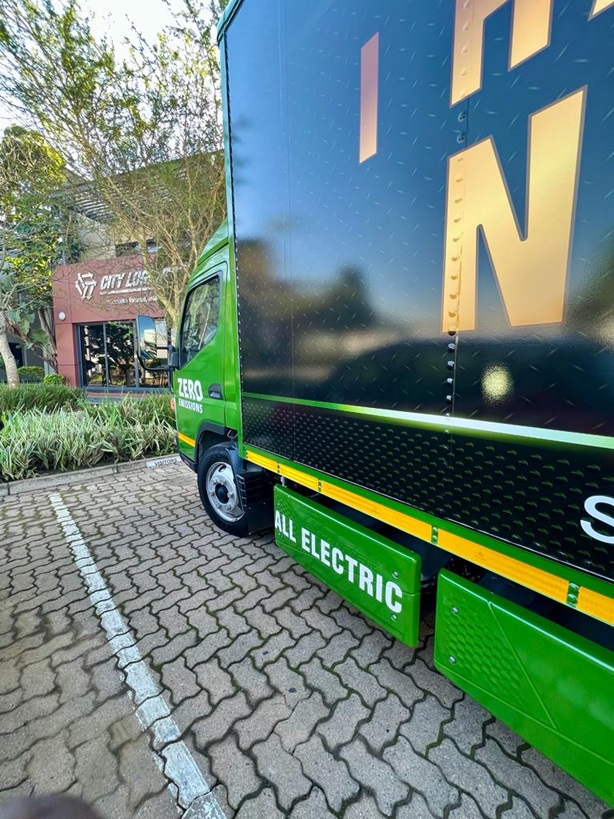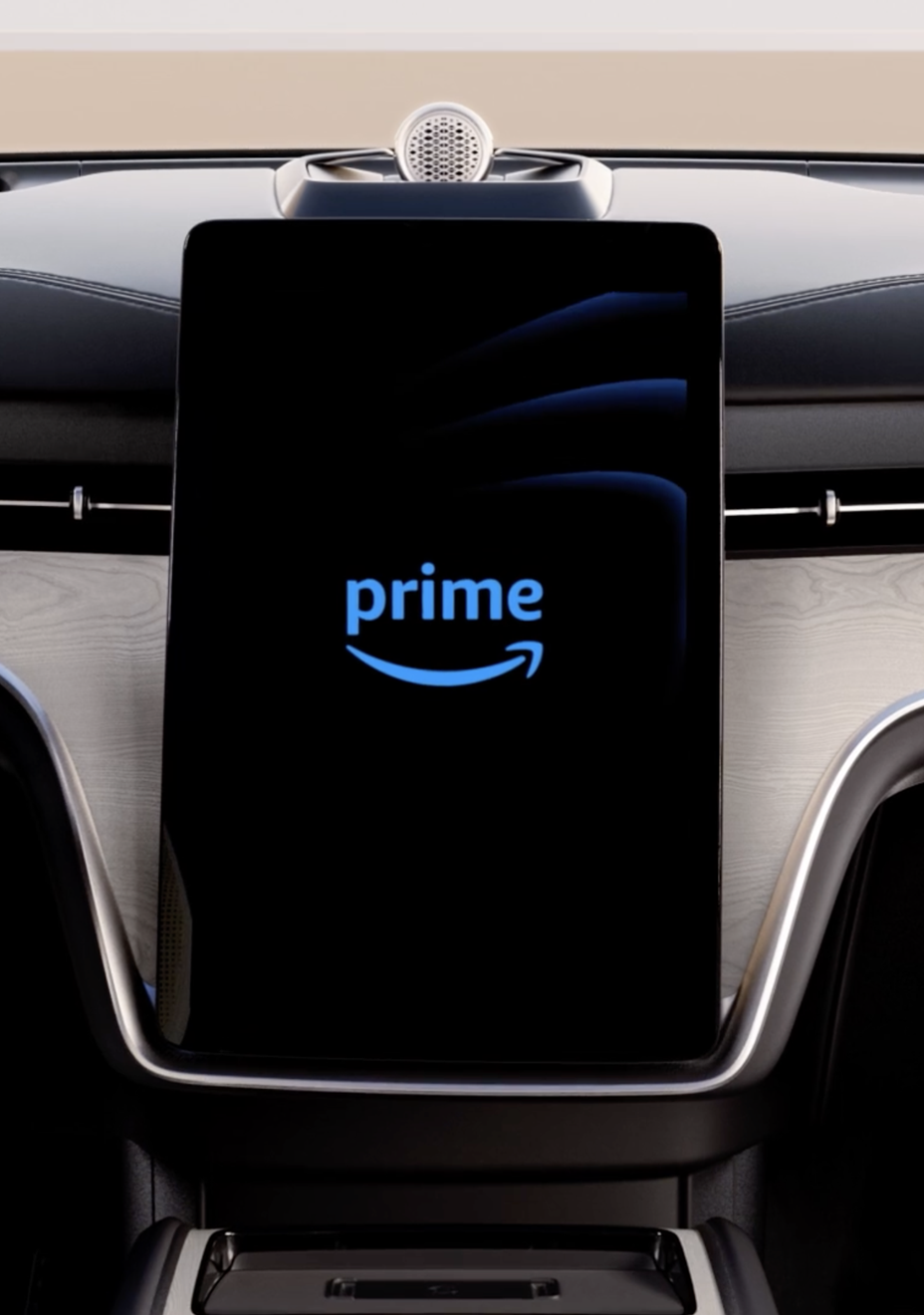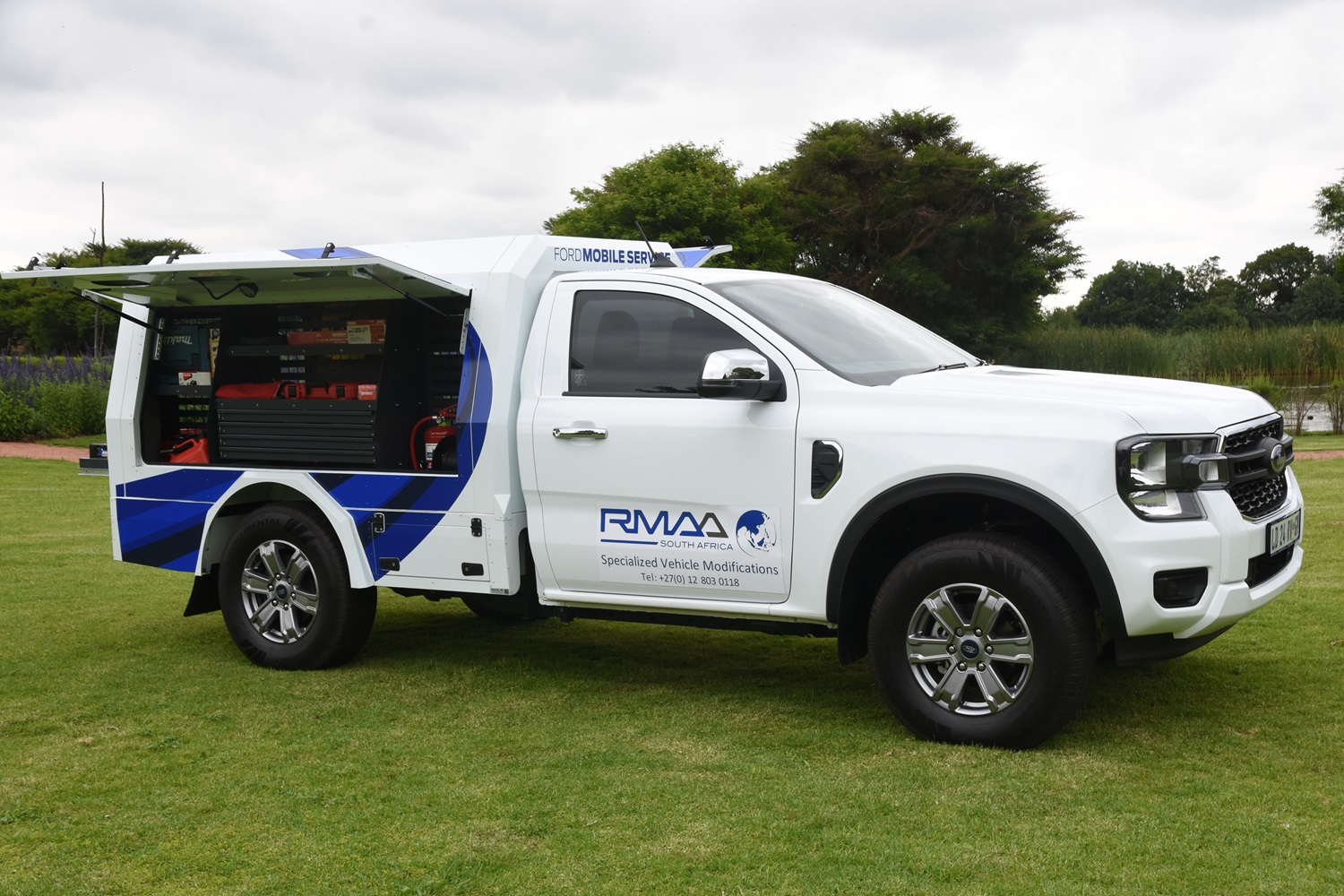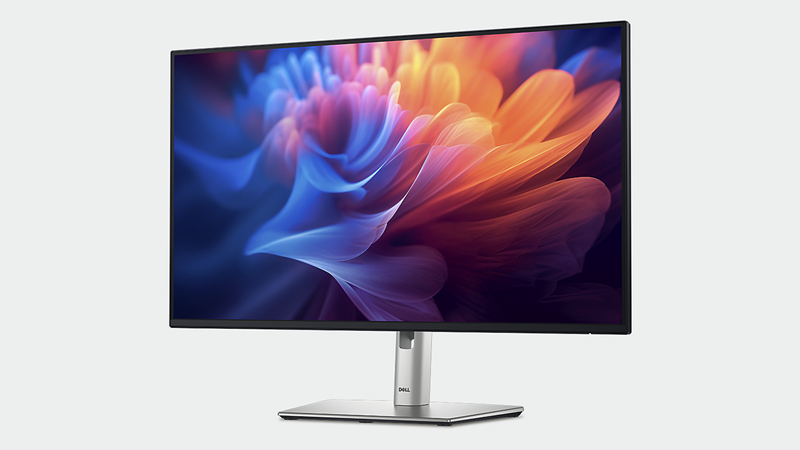The hazards of using a cell phone whilst behind the wheel are well known, but did you know that unsecured pets also pose a significant risk for accidents caused by driver distraction?
A new survey, commissioned by Ford Motor Company, found that allowing your dog to roam around freely in the cabin while you’re driving not only compromises your safety, that of your pet, and any other passengers in your vehicle, but also the safety of all other road users, including pedestrians and occupants of other vehicles.
The survey, conducted amongst 5,000 dog owners in France, Germany, Italy, Spain and the UK, showed that one in three drivers do not always secure their pet safely when travelling.* The reasons given varied, from 32 per cent saying it was because the animal doesn’t like it, to 31 per cent believing there is no need when undertaking short journeys, and 14 per cent saying they don’t have space in their vehicle for a dog crate.
Yet some of these very same owners admitted to being involved in accidents after being distracted by their unrestrained pet which had knocked into and turned on indicators, or obscured the view of the road ahead, or even bitten occupants. It is further estimated that if a vehicle crashes at a speed of just 40km/h, an unrestrained dog can develop projection forces that are 40 times its weight, increasing the likelihood of injury, or death.**
The Automobile Association of South Africa (AA) provides the following tips to ensure both you and your four-legged companion journey more safely.
Pets should always travel in the back: It’s fun to have your furry friend ride shotgun, but it’s also dangerous for the animal. If you have a crash and the airbags deploy, your pet could be severely injured. A dog should never sit on your lap while you’re driving.
Use a harness or pet crate while driving: The safest place for a dog is sitting or lying in the back seat where it can be safely secured to a harness, or in a pet crate in the uncovered boot area of an SUV or station wagon.
Keep your windows two-thirds up: We all know how much dogs love sticking their heads out the window and letting their tongues flap in the wind, so it’s hard to deny them that pleasure. But a sudden tap of the brakes, even a small one, can result in the animal being ejected from the vehicle, with potentially tragic consequences.
Pack some stress relief: Travelling in a vehicle can be stressful for animals, so have a few of your dog’s favourite toys or a comfy blanket in the back seat or boot area to help it relax. If your dog is at ease, the driving experience will be safer and more enjoyable for everyone.
Prevent car sickness: Some pets suffer from nausea and vomiting when travelling. Not only can it be distressing and dangerous for the animal – as vomiting can lead to choking – but it is also distracting for the driver. If this is the case with your dog, ask your vet for suitable medication to administer at home before taking a road trip.
Take a break every hour: Long drives can get dull, especially for animals. Take a break every hour or two to let your dog stretch its legs, play a bit, drink some water, and relieve itself. Let’s be honest, you’ll probably want to do all these things too.
Never leave your pet alone in the vehicle: After a vehicle is parked in the sun for just half an hour in warm climates, the cabin temperature can rise to as much as 70°C, which is hot enough to fry an egg. This can easily cause a dog heatstroke.
Ensure your pet has some form of ID: It is essential for people to be able to get in touch with you if your animal escapes from the vehicle, either through a window or an open door. You can attach a tag to your dog’s collar with your phone number on it, but these often come off when a pet is in distress, or roaming around for extended periods. It is recommended that you also microchip your dog. Microchips are painlessly injected just under the skin between the animal’s shoulder blades. When scanned at a vet, the chip number links to your contact details on a database.
Across Ford’s range of SUVs – the New Kuga, New EcoSport, and Everest – there is ample headroom so you and your pets don’t feel cramped, and plenty of storage space so you can pack water bowls, toys, blankets, and anything else your animals might need.
“Investing in a vehicle with generous cabin space and extra safety features also provides great peace of mind for drivers who travel regularly with their pets,” says Derek Kirkby, Training Director at Driving Skills for Life, a free and comprehensive programme created by Ford to promote a safe and efficient driving culture. “As a dog owner myself, I always make sure that Falkor is securely strapped into the recommended harness and on the back seat. When travelling by car on holiday, I plan my route to include more stops, and ones that are pet-friendly for him.”
* Surveyed by onepoll.com during November 2018
** https://www.allianz.com/en/press/extra/knowledge/mobility/140709-keeping-pets-safe-in-the-car.html
Provided by Ford SA



